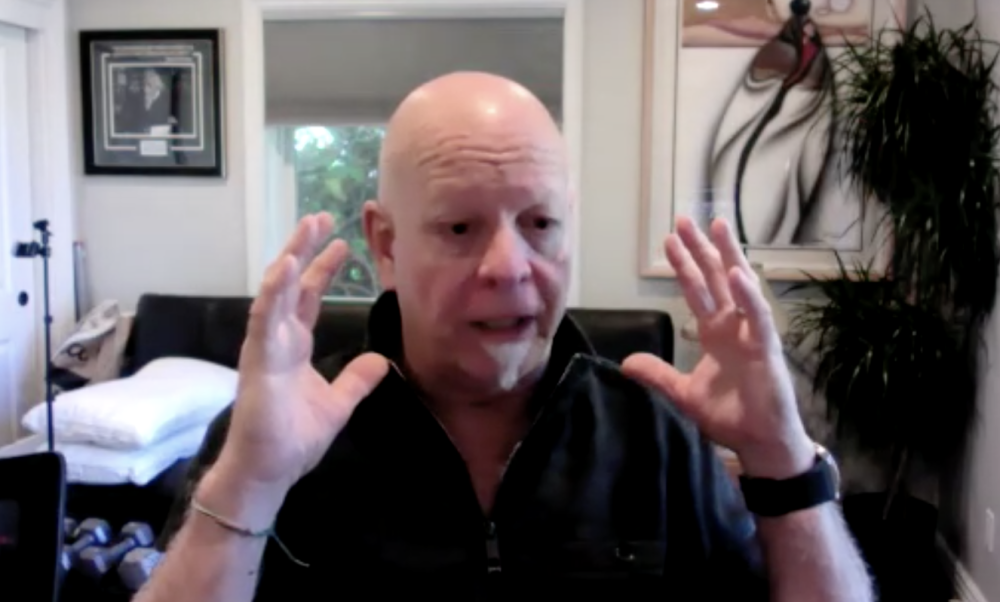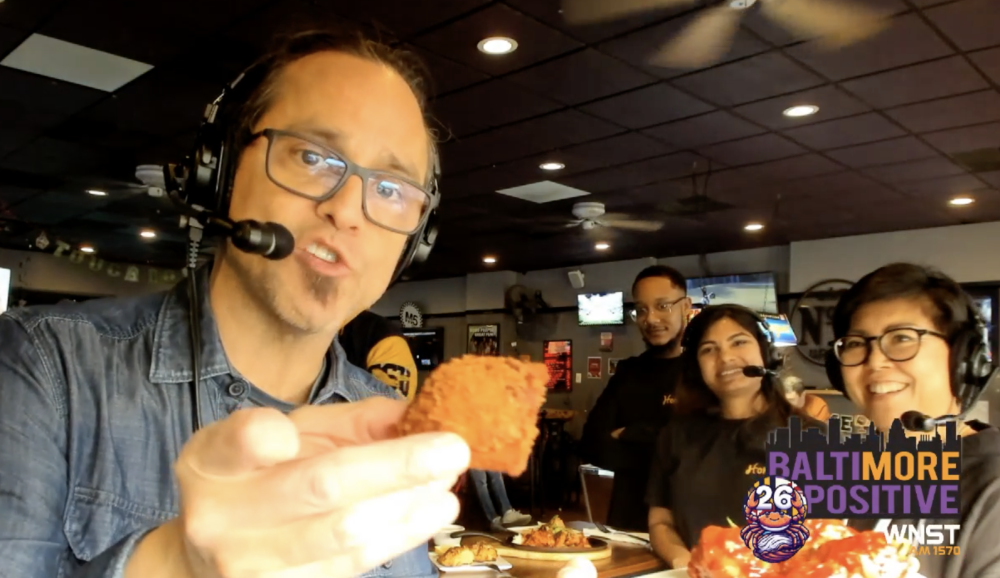“Steve (Bisciotti) is straightforward and that makes it easy. He’s not a prima donna. He’s direct. He’s upfront. If there’s something he doesn’t like, he tells you. If he feels strongly about something, he tells you. There’s no secret agenda. There’s nothing you have to discover. Steve is a great believer in direct communication and he runs the business that way.”
— Baltimore Ravens President Dick Cass (March 2013)
IN MANY CITIES IN AMERICA the owners of sports franchises can still somehow stay or hide in the shadow of their local investment and create nary a stir when they enter a room. Being anonymous has its privileges and benefits, a thought Baltimore Ravens owner Steve Bisciotti would certainly echo. But in Baltimore, where the owners of the local professional teams have been true newsmakers and iconoclasts for the better part of a half a century, owning the NFL franchise that a community treats like family or a personal treasure can be like carrying the collective weight of the civic mood on your shoulders.
Bisciotti did his best to remain a private citizen after taking over the Ravens from Arthur B. Modell in early 2004, but you can’t be invested in the most significant sports soap opera in the community and stand at the top of the pyramid making the most important decisions for the fan base without becoming a public figure of the highest order.
If you are a sports fan from Baltimore, Maryland, you have endured your fair share of abuse. In the 1970’s, the Baltimore Bullets were dragged down I-95 to the Washington suburbs by owner Abe Pollin, professional hockey went into hibernation with the Clippers and there were strong whispers of the Orioles going to D.C. to replace the departed Washington Senators. It got no better in the 1980’s. There was always the ominous and omnipresent shadow of Robert Irsay, the man who acquired the Baltimore Colts from Carroll Rosenbloom in a swap for the Los Angeles Rams in 1972 and later moved them to Indianapolis in a convoy of Mayflower moving trucks in the middle of a snowy, teary night for the Charm City on March 28, 1984 after a decade of tyranny and threats to the community of the inevitable move.
Since the turn of the century, both the Washington Redskins and Baltimore Orioles fan bases’ have been tormented and tortured by disastrous moves on the field and big moves downward in the standings since the involvement of Daniel Snyder and Peter G. Angelos have fallen upon the I-95 corridor. These two have shined a bright light on what can go wrong when poor decisions are consistently being made from the top of the organization and how quickly decades of support for enduring brands can erode and deteriorate when fans and customers smell the stench of poor ownership.
The reality in the 21st century is that with the scarcity of teams available and the cost of buying a sports franchise for hundreds of millions of dollars, no one wants to pony up the kind of money to be an owner without having a strong desire to be heavily involved in strategy and a strong desire to win – whether it’s on the field or at the cash register. Many of these thrill seekers have lacked proper training, background and the feel for sports ownership especially with such a public light illuminating every decision that is made in real time on the internet. What sounds like fun in the beginning becomes an albatross and a public nuisance once it becomes apparent how specialized each league, sport and business is from an ownership standpoint.
It was no secret that Art Modell was struggling financially in Cleveland and those ghosts of burgeoning debt followed him east to Baltimore in 1996. By 1999, the NFL and his debtors with the banks demanded that he find a partner to buy the team and help him find the exit door with the class and dignity that his departure from Cleveland clearly lacked.
The same man who found Modell in Cleveland and brokered the deal for the State of Maryland and the City of Baltimore in the Fall of 1995 was the same man who found a buyer four years later: local attorney and sports franchise expert John Moag. After Modell made the move to Baltimore, Moag became a trusted confidant and had all of the institutional knowledge that would be necessary to assist in finding a new owner for the Baltimore Ravens.
Moag knew Bisciotti and was privy to most of Modell’s financial struggles. The rest is history.
By any account, Steve Bisciotti is a sports nut. He’s long been a fiercely loyal University of Maryland supporter, close confidant of legendary Terps basketball head coach Gary Williams and a Ravens and Orioles season ticket holder at the time. At worst, he would’ve been a very educated sports radio talk show caller before he got involved in the purchase the Baltimore Ravens in 1999.
Bisciotti, born April 10, 1960 in Philadelphia, came to the Severna Park area of Anne Arundel County in 1961 when Bernard and Patricia Bisciotti moved from Philadelphia for Bernard’s new sales executive job. He was 8 years old when the Colts lost Super Bowl III to Joe Namath and the New York Jets. He was a huge Paul Blair fan during the heyday of the Earl Weaver-led Orioles in his adolescence. He journeyed with his friends up Richie Highway to Memorial Stadium in the 1970’s and loved the Bert Jones-era of the “Shake and Bake” Colts.
Bisciotti’s father died of leukemia when he was in elementary school leaving his sports-crazed widowed mother, who raised him by preaching faith, hard work, determination and manners. Nicknamed “Shots” by his college pals at Salisbury State, where he earned a Liberal Arts degree, Bisciotti became obsessed with making enough money by the age of 35 so that his wife and kids wouldn’t have to work if his father’s fate befell him. He had the early jobs of a kid who worked hard and learned the world: pumping gas, mowing lawns, and building piers in Anne Arundel County, where he graduated from Severna Park High School. He founded a staffing firm called Aerotek in his basement with $3,500 of seed money at age 23 during the Colts final season in Baltimore. He now owns a massive stake in Allegis Group, the nation’s largest staffing firm by sales (estimated at $5.5 billion annually). Like many figures in the story of the 2012 Baltimore Ravens, a whole book could be written about his everyman American success story that routinely puts him in the “Top 500 Most Wealthy Americans” lists by those who measure such stature.



























